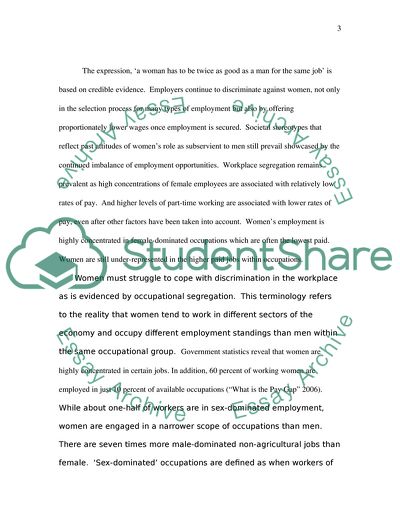Cite this document
(The Glass Ceiling and Its Effects on Women Research Paper, n.d.)
The Glass Ceiling and Its Effects on Women Research Paper. Retrieved from https://studentshare.org/marketing/1737765-the-glass-ceiling-and-its-effects-on-women
The Glass Ceiling and Its Effects on Women Research Paper. Retrieved from https://studentshare.org/marketing/1737765-the-glass-ceiling-and-its-effects-on-women
(The Glass Ceiling and Its Effects on Women Research Paper)
The Glass Ceiling and Its Effects on Women Research Paper. https://studentshare.org/marketing/1737765-the-glass-ceiling-and-its-effects-on-women.
The Glass Ceiling and Its Effects on Women Research Paper. https://studentshare.org/marketing/1737765-the-glass-ceiling-and-its-effects-on-women.
“The Glass Ceiling and Its Effects on Women Research Paper”, n.d. https://studentshare.org/marketing/1737765-the-glass-ceiling-and-its-effects-on-women.


